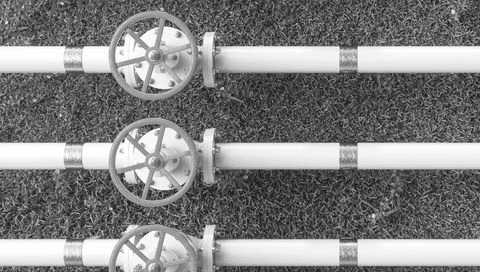We believe that for DSM solutions to be successful over the long term, they must both serve the needs of the end-use customer and support the utility’s business model. To date, we have not seen a model for demand-side products or programs that adequately addresses the needs of both the utility and the consumer in a manner that is also attractive to state regulators. This paper proposes a regulatory framework for a new demand-side product that is coming of age: fully automated demand-side technology (Automated Demand Side Management or ADSM). ADSM delivers a physical asset to the utility that is operationally equivalent to a peaking power plant. As such, we believe it could, and it should, receive regulatory treatment equal to a generation unit. We have applied traditional ratemaking principles to existing regulatory structures to create a compensation mechanism for ADSM that is a “regulatory equivalent” to that for peaking generation. We hope this modified regulatory model will encourage utilities to see improving demand-side resources as an alternative equivalent to supply-side options.
Not all DSM is the same and not all DR is the same. Although demand-side efforts have a long and rich history throughout the world, the past twenty years have resulted in dramatic technological advances in demand-side solutions. Debate about DR products often groups all products that reduce demand together, from simple phone calls and radio ads asking consumers to conserve, to two-way automated, verifiable load management systems. But recognition of the distinct differences among these products would allow all of them to be used more effectively to maintain a reliable electric grid.
To read the full publication, please click here.
1 See “Negawatt Hour,” Economist, Mar. 1, 2014, available at http://www.economist.com/news/business/21597922- energy-conservation-business-booming-negawatt-hour.




